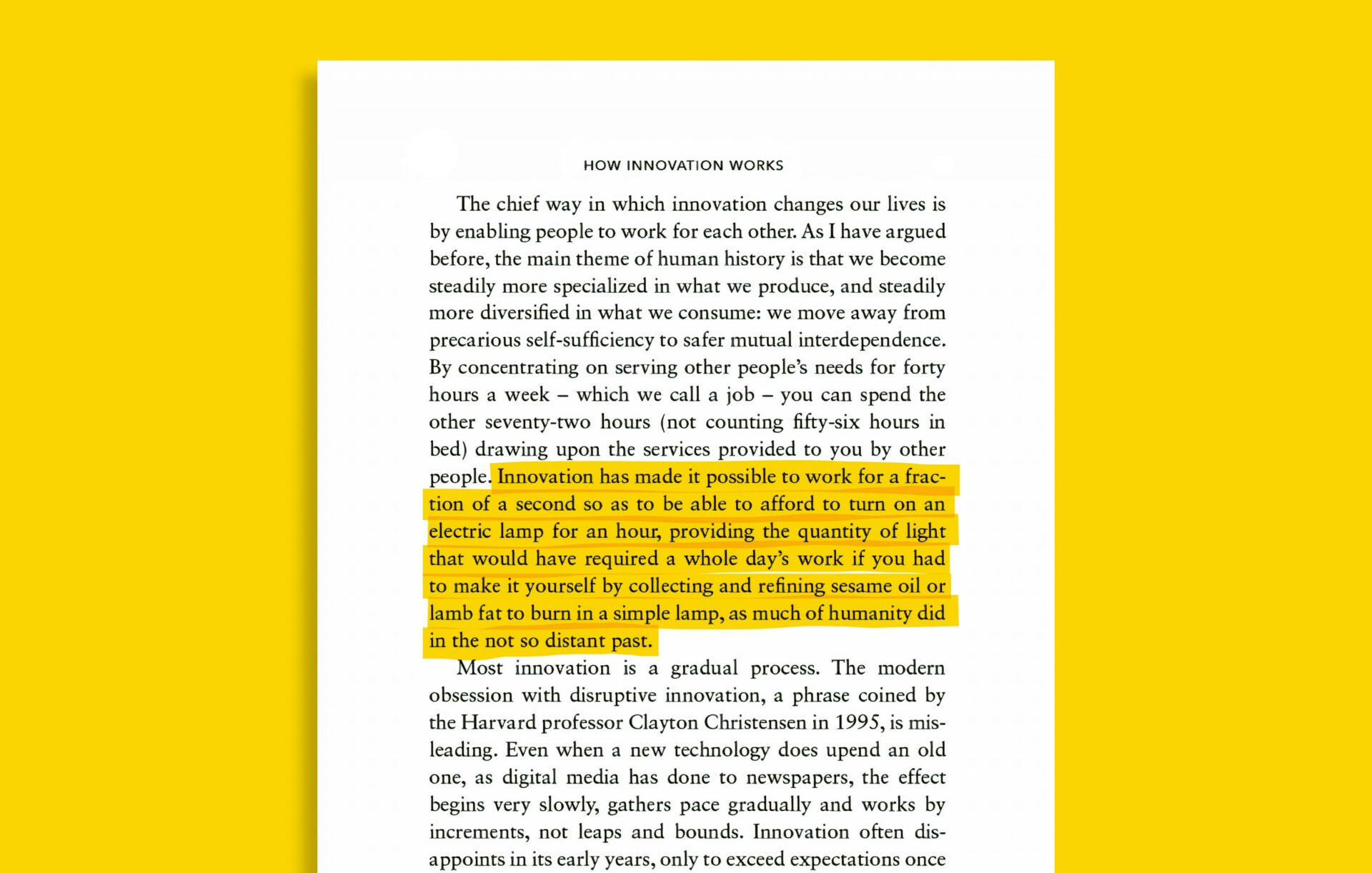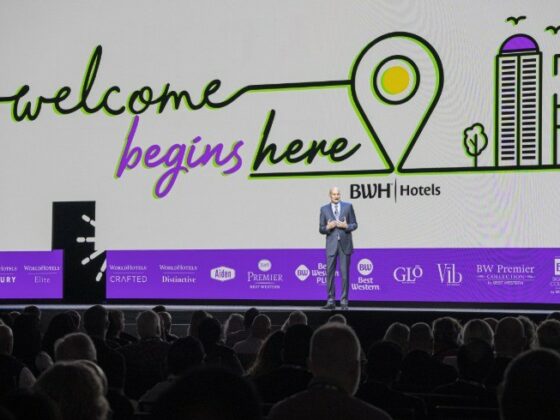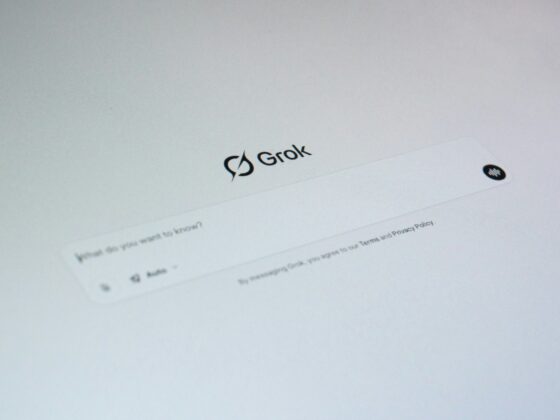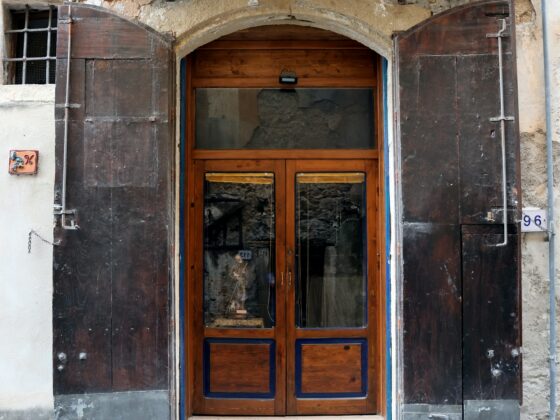
Why is it essential to focus on customer perceptions when evaluating innovation within the hotel industry?
In a competitive and changing environment, hotel brands need to go beyond merely satisfying traveler needs and differentiate themselves with new and unique experiences that generate excitement. Innovation matters most when it finds its way downstream and is noticed by the customer. Customers are also best able to tell you if innovation is occurring that adds value for them. Our research has shown that the customer-based assessments strongly link to brand loyalty, the attractiveness of a brand, willingness to recommend, share of wallet and future stock returns.
What key metrics or indicators were used to assess both commercial and social innovation within the hospitality sector?
The core questions consist of ratings on how commercially and socially innovative a hotel brand is. We also ask questions to gauge loyalty, brand attractiveness, Net Promoter Score, share of wallet, total hotel stays, and detailed brand ratings on 18 commercial innovation and 15 social innovation attributes. We also conduct a special analysis to determine how much each attribute drives perceptions of innovativeness and loyalty.
How were respondents’ perceptions of innovation quantified and analyzed to provide actionable insights for hotel brands?
We compute a Commercial Innovation Index Score by combing four scientifically validated questions and standardizing them to range from 0 to 100. An innovative hotel brand tends to be seen as more creative, changing the market, being first to market and generally innovative. We also compute a Social Innovation Index Score using three social innovation questions.
In what ways did respondents provide concrete examples of innovation, and what trends emerged from their feedback?
We asked consumers to provide examples of why a brand they rated was innovative or socially innovative. As expected, travelers often mention technology features such as mobile apps and self-check-in. Yet, consumers also cite interesting and stylish design in the properties and rooms, unique ways to transact with their rewards programs and brand extensions. Many of the major hotel companies have introduced new brands that appeal to different lifestyles and demographic segments. In the social innovation area, guests often cite changes that lower the environmental footprint such as recycled materials, in-room recycling options and a particular favorite, options to waive or limit room service. Some consumers also recognize the charitable efforts of brands and their contribution to the communities where their hotels are located.
What strategic lessons can hoteliers draw from the Aii’s findings to enhance their innovation efforts and strengthen customer loyalty?
Technology is important but not the only driver of innovation – consumers also notice features such as inspiring design, the ability to satisfy niches with carefully researched sub-brands, and environmental and community impact. Each hotel company has its own value proposition and customer base, so hoteliers should ask their own customers about the innovation they notice and expect. It is important to focus on areas that affect loyalty and innovation perceptions together, since these areas engage guests in the short-run and build brand excitement in the long-run.
Are there any long-term trends in customer-driven innovation that you foresee shaping the future of the hotel industry?
Airbnb is the innovation leader and has shaken up the industry. We believe the more visionary hotel companies can gain an edge in the long run by providing more customized experiences while capitalizing on their reputations for service, consistency and transparency. The larger brands may also compete by providing their own platforms that provide access to unique, curated properties.









